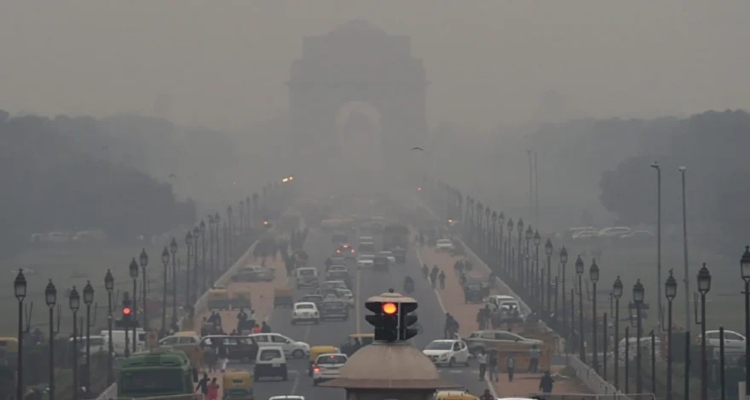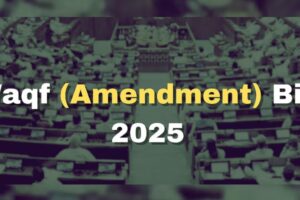
Delhi’s air quality on Monday Edges Towards ‘severe’ category as pollutants became trapped due to calm winds and cloudy conditions, according to monitoring agencies.
A dense layer of smog enveloped Delhi and its outskirts, causing visibility to drop to 600 meters at 8 am at the Safdarjung Observatory, the primary weather station in the national capital. At the Indira Gandhi International Airport, visibility was recorded at 800 meters.
An official from the India Meteorological Department mentioned that a slight increase in wind speed and light rainfall might bring marginal relief during the day. Unfavorable atmospheric conditions are expected to persist for the next two to three days, the official added. The air quality index (AQI) for Delhi was at 400 at 9 am.
The 24-hour average AQI, recorded daily at 4 pm, was 395 on Sunday, 389 on Saturday, 415 on Friday, 390 on Thursday, 394 on Wednesday, 365 on Tuesday, 348 on Monday, and 301 on November 19.
The categorization of AQI is as follows: 0-50 is considered ‘good’, 51-100 ‘satisfactory’, 101-200 ‘moderate’, 201-300 ‘poor’, 301-400 ‘very poor’, 401-450 ‘severe’, and above 450 ‘severe-plus’.
In November, the national capital has experienced 10 days with severe air quality. In comparison, there were only three severe air quality days in November last year, while 2021 saw 12 such days, the highest for the month since the Central Pollution Control Board (CPCB) began monitoring. The CPCB reported nine severe air quality days in November 2020, seven in 2019, five in 2018, seven in 2017, 10 in 2016, and six in 2015.
A joint project by the Delhi government and the Indian Institute of Technology-Kanpur identified biomass burning as the primary cause of Delhi’s poor air quality, contributing 31 to 51 percent to the capital’s air pollution in recent days.
Delhi Environment Minister Gopal Rai has instructed relevant agencies and departments to ensure strict implementation of restrictions on polluting vehicles and to address the increasing incidents of biomass burning.




